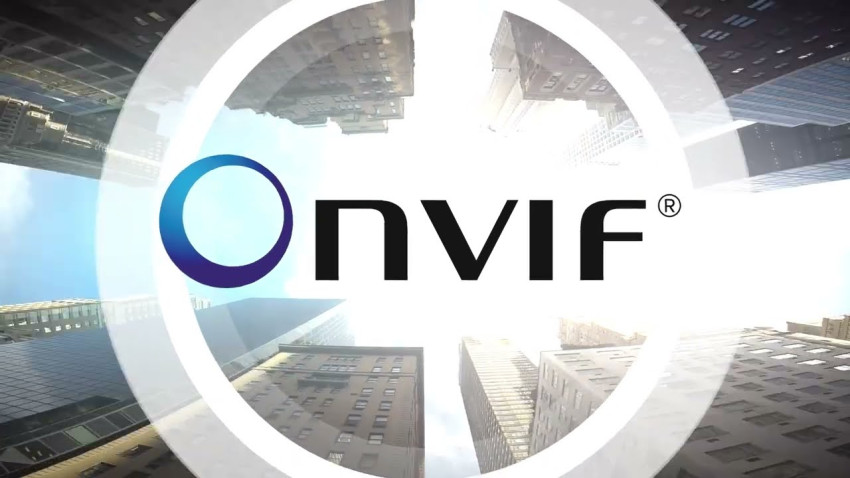
In the dynamic landscape of security surveillance, the need for seamless integration and interoperability among different devices is paramount. One remarkable standard that has revolutionized the industry is ONVIF (Open Network Video Interface Forum). In this article, we delve into the world of ONVIF cameras, their benefits, and how to determine if your camera supports this widely adopted protocol.
Understanding ONVIF
ONVIF is an open industry standard that enables communication between IP-based security devices, such as cameras, video recorders, and software. It was established in 2008 by a consortium of companies with the aim of creating a unified interface that promotes interoperability and simplifies the integration of various brands and models.
What is an ONVIF Camera?
An ONVIF camera refers to an IP-based surveillance camera that adheres to the ONVIF standard. These cameras are designed to be compatible with a wide range of video management systems (VMS) and network video recorders (NVRs) from different manufacturers. By conforming to the ONVIF standard, these cameras ensure seamless communication and interoperability within a surveillance ecosystem.
Camera Brands Supporting ONVIF
Numerous camera manufacturers have embraced the ONVIF standard, leading to a vast array of ONVIF-compliant cameras available on the market. Some prominent camera brands that support ONVIF include:
- Axis Communications
- Bosch Security Systems
- Hikvision
- Hanwha Techwin (formerly Samsung Techwin)
- Sony
- Dahua Technology
- Panasonic
- Vivotek
- Honeywell
- Arecont Vision (now part of Costar Technologies)
This list is not exhaustive, as the ONVIF standard has gained significant adoption across the security industry. It is always advisable to verify the specific model and firmware version of a camera to ensure its ONVIF compatibility.
Determining ONVIF Compatibility
To determine if a camera supports ONVIF, you can follow these steps:
Check the Manufacturer's Documentation: Refer to the camera's user manual, datasheet, or specifications provided by the manufacturer. Look for mentions of ONVIF support or compatibility.
Visit the ONVIF Conformant Products Page: The official ONVIF website maintains a comprehensive list of conformant products, including cameras. Visit the ONVIF Conformant Products page and search for your camera's manufacturer and model. If your camera appears in the search results, it means it is ONVIF compliant.
Contact the Manufacturer: If you are unsure or cannot find information about ONVIF compatibility, you can reach out to the camera's manufacturer directly. They should be able to provide accurate information about the camera's support for the ONVIF standard.
Benefits of ONVIF Cameras:
Interoperability: ONVIF cameras ensure compatibility with a wide range of video management systems and NVRs, allowing users to choose the best combination of devices for their specific needs.
Simplified Integration: The standardization provided by ONVIF simplifies the integration process and reduces the complexity of deploying multi-vendor surveillance systems. It eliminates the need for custom interfaces or proprietary protocols, saving time and effort.
Future-Proofing: ONVIF compliance future-proofs your surveillance infrastructure. As new technologies and advancements emerge, ONVIF-compliant devices are more likely to remain compatible and benefit from firmware updates, ensuring ongoing support and improved functionality.
Flexibility and Scalability: With ONVIF, you have the flexibility to mix and match cameras from different manufacturers, enabling scalability and seamless expansion of your surveillance system as requirements evolve.
ONVIF has emerged as a significant industry standard, facilitating the integration and interoperability of IP-based surveillance devices. By opting for ONVIF cameras, users gain the advantages of seamless compatibility, simplified integration, and future-proofing. To determine if a camera supports ONVIF, consult the manufacturer's documentation or visit the official ONVIF website. Embrace the power of ONVIF to create a cohesive and efficient surveillance ecosystem tailored to your unique security needs.





